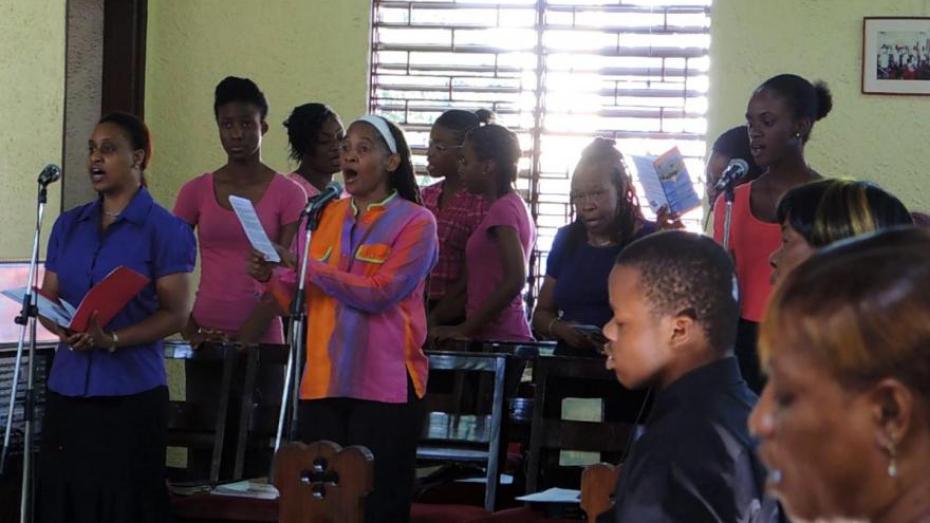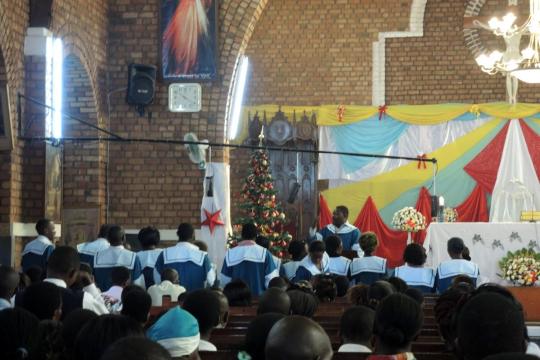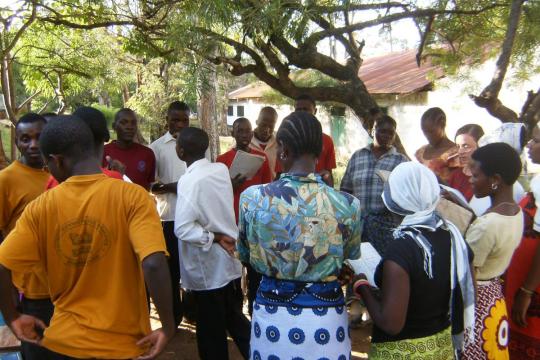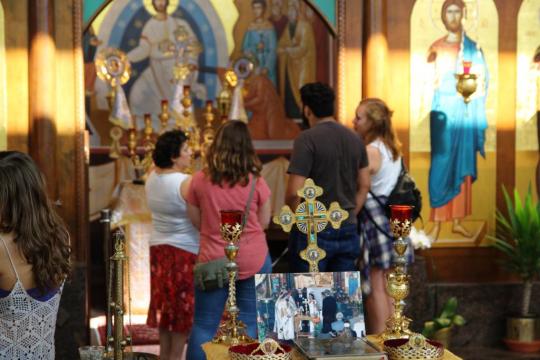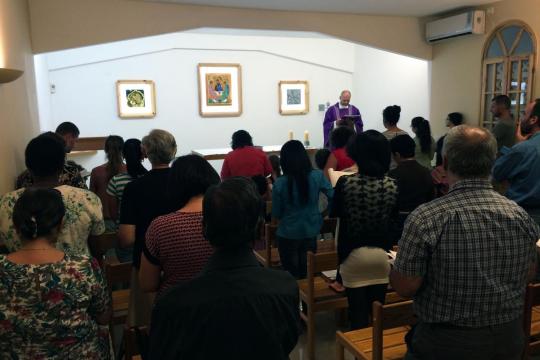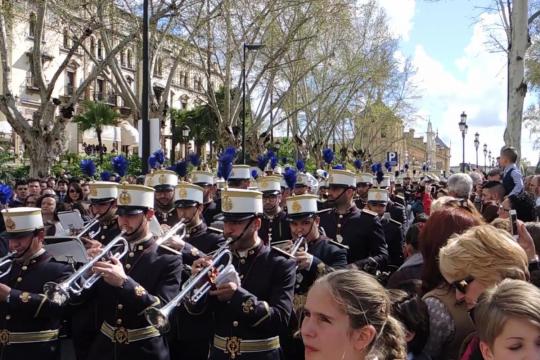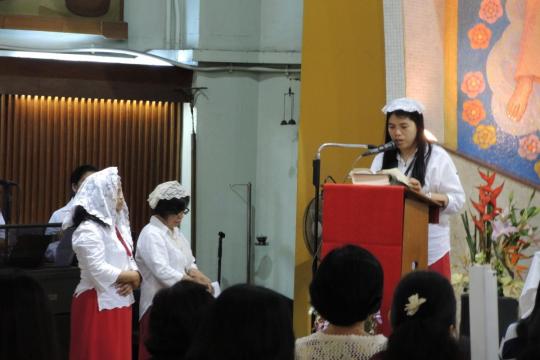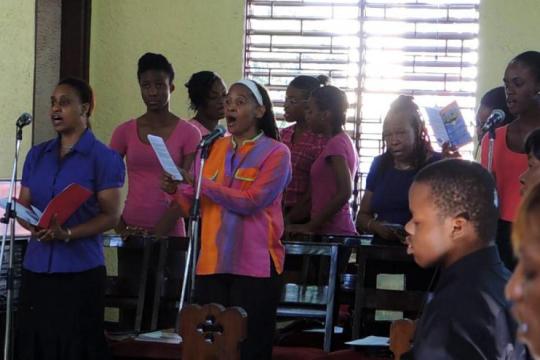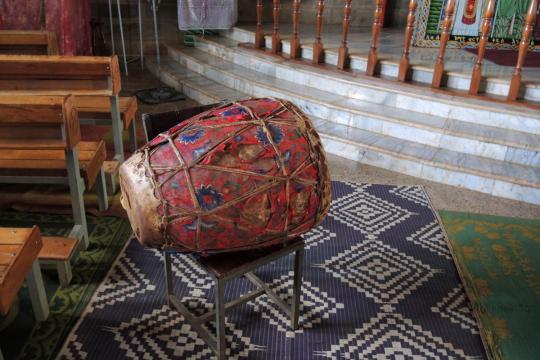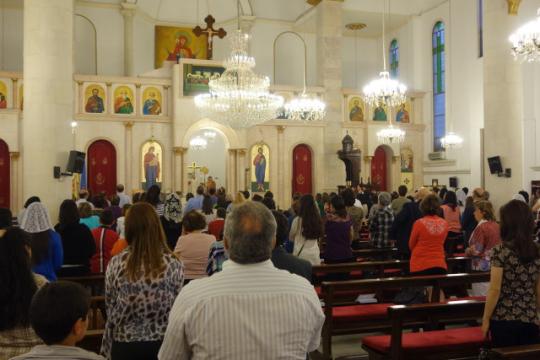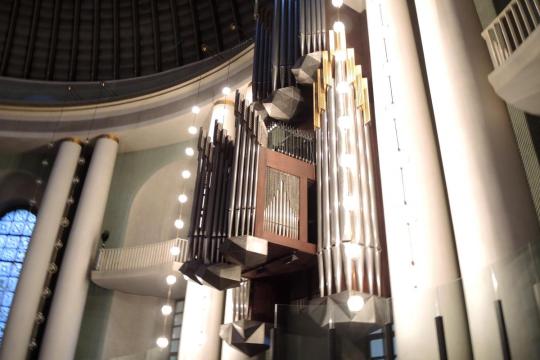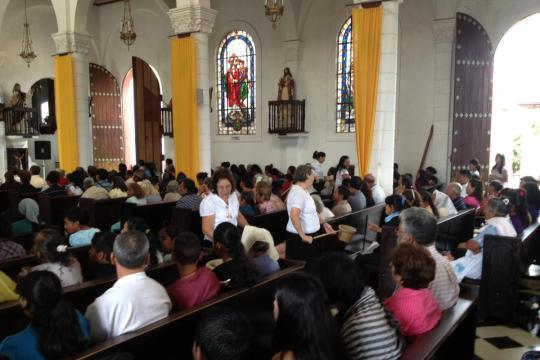Some of the earliest descriptions of the ideals of Christian life encouraged believers to join in song and music-making as a form of prayer and a means to make God’s presence salient.1 Throughout history and across cultures, music has been an important aspect of liturgy and many other forms of Christian prayer. In Eastern rite liturgies, in particular, it is essential. Funerals and weddings almost always include it, in styles particular to each occasion. It is difficult to say how many Catholics sing or perform, but it is fair to say that it is generally important that music be performed, and that for the vast majority of Catholics, music is both an avenue for, and prompt to, religious emotion.
The range of music in the Catholic world is extremely wide. While Catholicism has produced a great number of classics and has borrowed from other classical forms, much — probably most — of the religious music most Catholics experience regularly is far from classic, both from a compositional and a performative perspective. Globally, a Catholic worshipper is at least as likely to pray to music played on a synthesizer, guitar or drums, as to hear the organ music, chant or western polyphony commonly associated with Western Catholic music.
Inside and outside religious contexts, music is a touchstone of cultural identity. Cultures have a strong sense of what constitutes "their" music. Musical adaptation is often one of the easiest means of Catholic inculturation, a way to make Christianity "at home" in new contexts.
Still, musical styles frequently cross cultures and take root in different societies, including in worship contexts. Classics of one sort or another often give way to newer music.
Especially in a globalized and consumerist world, where many forms of music are known, music can be a source of gentle disagreement or stronger conflict, whether intergenerational or intercultural, about selections used at liturgy. Particular instruments or vocal styles are deemed to be fitting or not fitting, culturally authentic or foreign, uplifting or dull, too youth-oriented or too old-fashioned.
Perhaps the most interesting question for this website’s purposes is what music counts as sacred in a culture. That surely connects to the culture’s larger sense of what is sacred. "Since the 19th century at least [in the West], sacredness has often been related to... seriousness, and likewise sacred music has been viewed, for the most part, as a serious business..."2 But that has been challenged in the post-Vatican II context and from other cultural perspectives. In Catholic sacred music, the range of feeling expressed includes joy, rapture, loss, fear, longing, hope, humility, serenity, connection to God, connection to others, gravity and solemnity.
At present, Catholics & Cultures is not able to explore and compare musical forms and practices in the systematic way they deserve, but this remains a long-term goal of the project. Throughout the site, in videos and audio recordings, one can hear an amazing variety of musical styles that should begin to give viewers a much fuller sense of what Catholic music sounds like around the globe.
